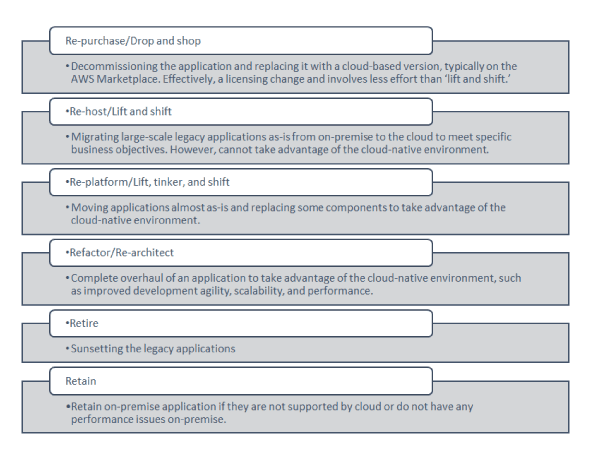As enterprises embark on digital transformation, migrating to the cloud has become a norm. Research suggests that the global application modernization services market size is expected to grow from USD 11.4 billion in 2020 to USD 24.8 billion by 2025, at a CAGR of 16.8% during the 5 years.
While many enterprises considered moving to the cloud, the COVID-19 outbreak has fueled the need for application modernization. To ensure business continuity, organizations have ramped up their application modernization effort to enable large-scale remote working facilities without compromising data security.
What is application modernization?
Application modernization involves refactoring, re-purposing, or consolidating legacy software to create new business value from existing applications. It involves breaking down legacy applications into individual functions to make the framework agile, scalable, easy to deploy, and independent.
The four key factors driving application modernization are:
- Cloud services
- Large-scale workload migration to cloud-based and Service-Oriented Structure (SOA)
- Need to modernize legacy systems
- Modern infrastructure to ensure business continuity
SWOT – Understanding the driver, restraint, opportunity, and threats
Strength: Need for agility and scalability to drive business growth
Businesses need to modernize their applications to address growing technological advancements, changing customer needs, and increasing competition.
Weakness: High costs and complexities
Application modernization is costly. Moreover, enterprises must ensure they are compatible with legacy systems and do not disrupt business for selective application modernization.
Roadblocks to application modernization
Though enterprises are adopting SaaS and IaaS to build cloud-native digital capabilities, few have made fundamental advances in application modernization. Most businesses fail to operate cloud-native, creating inefficiencies in cost and operations. According to Gartner, nearly 90% of enterprise applications are ignored when investing in modernization.
Despite knowing the compelling need for modernizing legacy applications, enterprises often lack the skills and tools to interpret the data required to take a call for modernization without getting into technical debt. Moreover, they often confuse “application modernization” with “cloud hosting and microservices architectures.” While both are similar, application modernization involves much more than lifting and shifting legacy applications to the cloud.
Navigating through the roadblocks
In the post-COVID-19 world, businesses must focus on delivering quality to meet ever-changing customer desires and business needs. Moreover, they would need to assess the modernization effort’s cost, complexity, and risk before embarking on the new journey. A successful application modernization strategy rests on the following five pillars:
- Identifying the accumulated technical debts to make business decisions easier
- Analyzing the cost benefits due to modernization
- Identifying the candidates for migration/modernization
- Realigning legacy applications with new business requirements to get business value from them without reinvesting
- Planning the modernization journey in detail to ensure business continuity
AWS’ 6 R’s strategy for application modernization

Benefits of application modernization
If optimized properly, modernizing applications to be cloud-native has multiple business benefits like agility, scalability, security, and saving operational and resource costs. Cloud platforms like AWS help organizations to foster business transformation by:
- Optimizing compute, storage, and database costs to save IT costs
- Offering reliable and high-performing applications to ensure fewer business disruptions
According to an IDC survey of 27 companies, AWS lowered operating costs by 51%, reduced downtime by 94%, and contributed an estimated $36.5 million in additional revenue annually.
A born-on-the-cloud company like Rapyder can help you transform your IT infrastructure with AWS cloud services. One of India’s leading Amazon cloud computing services providers, Rapyder has deep expertise in managed Amazon cloud services, cloud migration, DevOps, and a well-architected framework. With end-to-end cloud solutions across industry verticals, we’re a cloud partner that is agile, precise, innovative, and quick with solutions providing 24/7 support and monitoring for our services.




